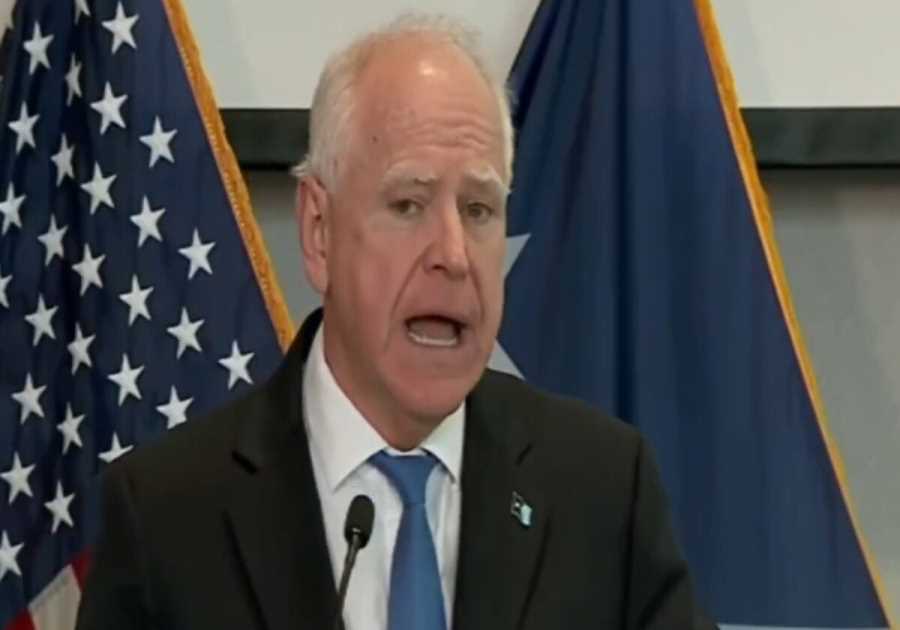Sutthichai Supapornpasupad/Getty Images
- Tariffs are back on cheap solar products coming from Southeast Asia.
- The duties were paused to ensure US access to solar, but caused a supply glut.
- With the tariff holiday over, domestic producers stand to benefit.
Tariffs are finally in play on cheap solar imports from Asia after a two-year moratorium on the restrictions expired on Thursday.
The renewal of these taxes, which target Chinese-affiliated solar products exported from Southeast Asia, is an early step in leveling the playing field for US manufacturers, one analyst told Business Insider.
The end of the moratorium should ease price volatility, bringing "a level of stability to the marketplace that, frankly, it's good for developers, it's good for producers, it's good for everybody," Mike Carr, executive director of the Solar Energy Manufacturers of America, said.
In 2023, the Department of Commerce determined that Chinese solar was making its way into the US duty-free, despite tariffs on imports from the country. Instead, Chinese producers would route their modules through Southeast Asia, which traded freely with the US.
To close the loophole, the department issued tariffs on these regions as well. But their impact has never been felt, given a pre-emptive pause on the legislation, which just expired.
Behind the tariff moratorium were White House concerns that the restrictions could hinder US energy transition, as domestic solar production was still nascent.
But this gave way to a flood of cheap imports, causing solar prices to crater last year.
In Carr's telling, that's because Southeast Asian producers never stopped manufacturing despite pausing trade during the department's investigation. Once the pause on tariffs took effect, the region unloaded, causing the massive supply glut.
"The level of imports far exceeded what was happening before the moratorium was put in place, and it just absolutely flooded our markets as well to an unprecedented level," Carr said. "And so when that happened, that created just massive uncertainty around pricing going forward in our market, as prices continued to fall. And so it did have an effect of killing some of the investment."
In one extreme, the oversupply of solar panels cause global pricing to drop by half last year, with China driving the flood of supply. Meanwhile, solar shipments from Southeast Asian producers have not slowed, and accounted for 87.5% of US module imports in the first quarter, S&P Global said.
The tariffs could eventually bring upside for US producers, and Carr indicates that a 25%-30% price correction for solar modules could materialize.
However, he emphasized that pricing isn't a leading driver of solar deployment, and analysts should not focus too much on prices to measure the industry's performance.
Instead, the tariffs could succeed in calming volatility in the market and bringing back needed investment in the space, he said.
At the same time, there are other positives for the domestic industry to look forward to, David Feldman of the National Renewable Energy Laboratory told BI. The market could soon see further guidance on tax credits related to the Inflation Reduction Act and trade adjustments to boost US competition.
Since the the moratorium was lifted on Thursday, two major Chinese solar companies announced suspensions in Southeast Asian facilities, Reuters reported, as analysts expect import volumes to slow.
Meanwhile, US producers are calling for more protections, with a coalition of manufacturers petitioning the Commerce Department to impose more tariffs.
Read More
By: [email protected] (Filip De Mott)
Title: US solar producers could finally have a fighting chance as tariffs kick in on cheaper imports from Asia
Sourced From: markets.businessinsider.com/news/commodities/solar-panel-supply-tariffs-southeast-asia-china-imports-producers-prices-2024-6
Published Date: Sun, 09 Jun 2024 12:36:01 +0000
Did you miss our previous article...
https://trendinginbusiness.business/politcal/b52-bomber-crew-picks-up-award-for-pulling-their-plane-out-of-lifethreatening-catastrophic-failures-at-1200-feet
.png)





